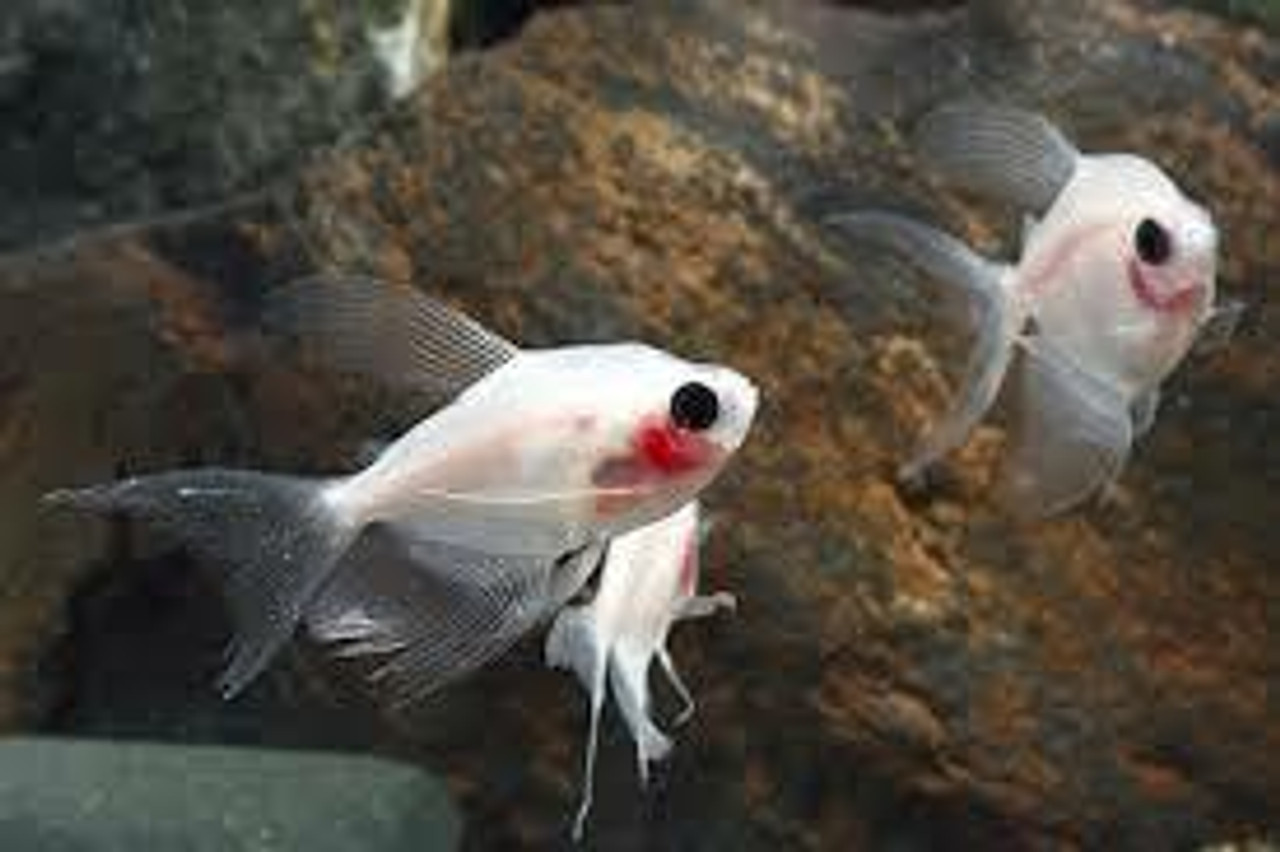

#1 - Cardinal Tetra (Paracheirodon axelrodi) Most of which are actually beginnerįriendly. Tank (considering a school costs less than $10), here is a list (andīrief information) of 13 popular tetras species that are easy to Others with combative tetras likely to bite longed finned tank mates.Īnyway, because you will almost certainly be keeping tetras in your fish School of them in your tank or consider adding them to your communityĮven so, some species are more aggressive and other sensitive than These largely South American fish are social, so be sure to keep a They are inexpensive, friendly, easy to feed, and care for. The tetras are also active swimmers and prefer the middle of the tank, Rainbow fish of the freshwater aquarium species. They are especially famous for their wide variety of colors the real Tetras make up the most popular group of fish for small freshwater home You can read our full affiliate disclosure in our privacy notice. However, we have vetted every program in this guide and believe they are the best for generating affiliate revenue. longipinnis).AquariaWise is a participant in the Amazon Associates program and a few other affiliate programs and may earn from qualifying purchases at no extra cost to you. Revalidated the genus Bryconalestes (Hoedeman, 1951) for the species previously assigned to the ‘ longipinnis-group’ within Brycinus ( B. A big shoal of adults can look stunning in the right setting. Once acclimatised, it usually proves quite hardy. Not imported all that often, this species seems to ship quite poorly.

A high dissolved oxygen content appears to be critical for survival throughout the early stages of life. First food should be infusoria or liquifry, followed by brine shrimp nauplii or microworm after 2-3 days. Under these conditions, the eggs hatch in 4-6 days, becoming free swimming 1-2 days later. Several hundred orange eggs are produced and from this point the tank should be heavily aerated. The adult fish should be removed after spawning, as they are avid egg eaters. The spawning act has never been recorded but it is probably similar to that of Congo tetras, which involves a lot of chasing by the male. When the females are ripe and plump, select the best coloured male and fattest female and place them in the spawning tank. The fish themselves are best conditioned in a separate tank using lots of live and frozen foods. No substrate is necessary and gentle filtration via a small air-driven sponge filter is sufficient. This should be dimly lit with floating plants for cover and large amounts of spawning medium in the form of fine-leaved plants such as java moss. A spawning tank should be set up containing soft (2-5°H), acidic ( pH 6.0-6.5) water, with a temperature of 75-79☏. In reality, spawning is tricky but achievable. Most sources state this species has never been bred in captivity. They are also slightly larger than females and the anal fin has a characteristic convex profile. Sexual DimorphismĪdult males develop a long, flowing dorsal fin. Always buy a group of at least six as it fares much better when in the company of its own kind. If geography isn’t an issue, it makes an ideal shoaling fish for big tanks containing South American cichlids such as Geophagus, Satanoperca and Uaru. Other tankmates could include cichlids such as Hemichromis or Pelvicachromis species and Synodontis catfish. Ideally, it should be kept in a dedicated West African setup, with other characins such as congo tetras or the African red-eyed tetra ( Arnoldichthys spilopterus).

It makes a great addition to the larger community tank, although small or slow-moving species might be intimidated by its size and constant activity. To find high quality fish foods, click here.


 0 kommentar(er)
0 kommentar(er)
